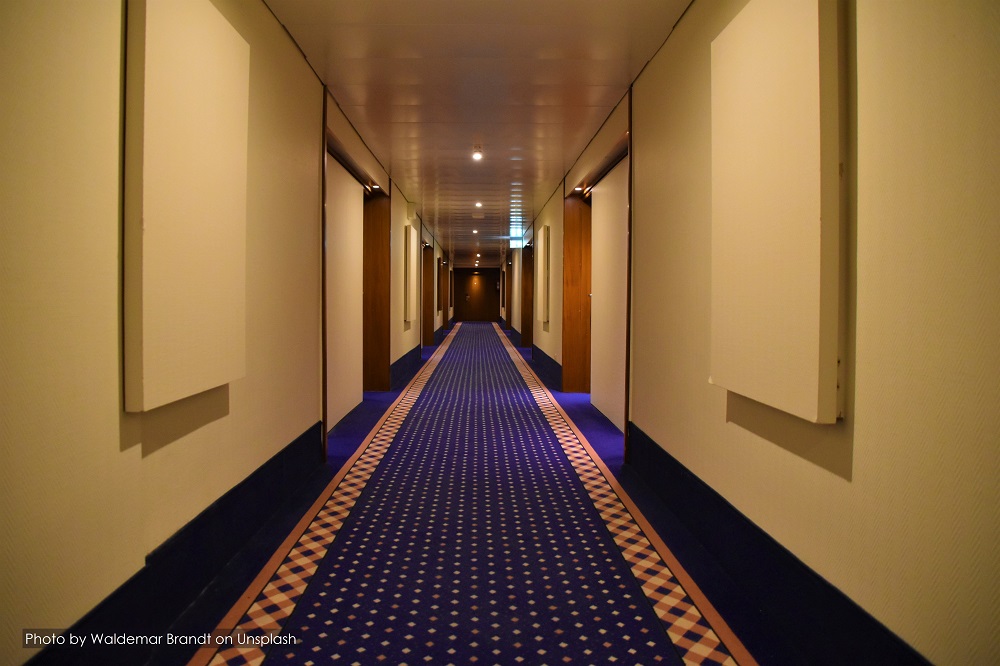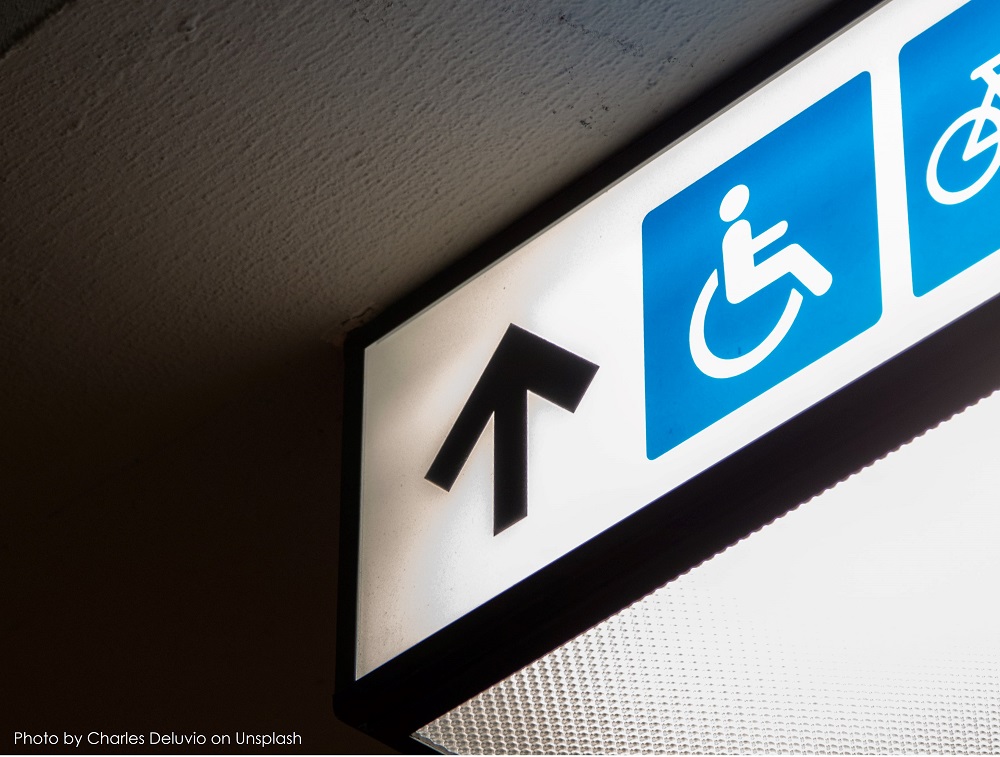
As an interior design firm, we advocate for creating dementia-friendly environment to enable people with dementia to regain their independence.
Dementia patients can be as young as in their 30s (young-onset dementia, YOD) or old-aged. Some of them have memory problems and some do not but are experiencing regression in cognitive ability like decision making or perception. Every person with dementia is different and thus required different cares. How do we design dementia-friendly environment to enable them continue to work and live independently as long as they can? How can we reduce their sense of insecurity, anxiety and worrying through purposefully-designed private and public spaces? And what are these spaces?
The Four Design Considerations
These four considerations are helpful when designing a dementia-friendly space, including our workplace. However, it also applicable to shopping malls, hotels, shops, coffee shops, restaurants, cafes and entertainment venues such as theatres and sport stadiums.
Having Distinctive Layout
Lack of variation and memorable features on the exterior and interior of the building makes navigation difficult. Just take a look at the image below. The hotel corridor is lack of distinctive or memorable features. This makes a person with dementia extreme difficulty navigating to his room.

Having Salient Landmarks
Salient landmarks for buildings and ideally-placed signage can help people with dementia to find their way easily. It should be big and clear enough to read afar, stand out from the background and stable (not moving). Example, we need to consider signage which can lead them to the restroom and back to where they are coming from.

Use of Effective Colours
Appropriate use of colour contrast between furniture, carpet, walls, doors and other furnishings can enable people with dementia to live independently and minimize the need for care. Let’s take restroom as an example. Well-contrasted toilet seat, floor, soap dispenser, wall, handles for accessibility purposes, waste bin, hand towel, switches and shower can tremendously assist them and avoid unnecessary frustration.
However, inappropriate use of contrasting colours can have a negative impact on them. A black carpet contrasting with white floor can give a wrong sense to people with dementia that there is a hole on the floor.

Minimising Background Noise
People with dementia are sensitive to noise. Chatters, noise from keyboard, opening/closing door, loud and sudden telephone ringtone, television, radio or even footsteps can be overwhelming for them. Implementing echo-reduction measures in indoor setting such as using soft furnishings can improve their wellbeing.
Designing a space which addresses the needs of people with dementia will benefit the community as a whole, especially for the aged population. As Professor Mary Marshall quoted, environments designed for people with dementia will result in well-designed environments for all.
Read more: 10 Common Symptoms of Persons with Dementia
